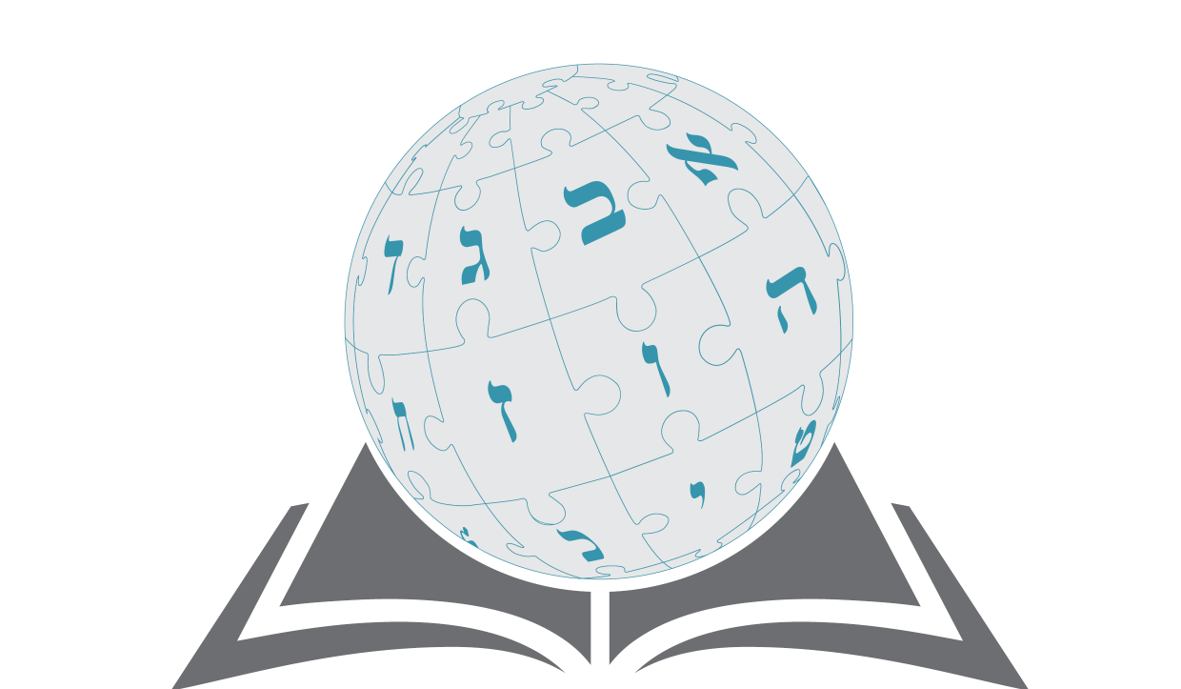בעיית האמפתיה הכפולה

בעיית האמפתיה הכפולה (באנגלית: Double empathy problem) היא תיאוריה פסיכולוגית וסוציולוגית שנטבעה לראשונה בשנת 2012 על ידי דמיאן מילטון, סוציולוג שחוקר אוטיזם. התיאוריה טוענת שיחסים חברתיים בין אוטיסטים לנוירוטיפיקלים היא מוגבלת יותר בשל חוסר בהבנה חברתית הדדית. בשל עובדה זו, אוטיסטים חווים קושי רב בהבנה ובפיתוח אמפתיה כלפי נוירוטיפיקלים, ונוירוטיפיקלים ירגישו את אותו הדבר כלפי אוטיסטים. הקושי בהבנה הדדית נובע מהבדלים בתקשורת, בתפיסה החברתית קוגניטיבית ובתפיסת החוויות השונה של 2 הצדדים.
מחקרים מהשנים האחרונות הראו שרוב האוטיסטים מסוגלים ליצור קשרים חברתיים, לתקשר ביעילות, להזדהות בקלות, ולהראות הדדיות חברתית עם אוטיסטים אחרים.[1][2][3][4][5][6][7] תיאוריה זו מאתגרת את הקונצנזוס הקיים, שבמסגרתה אוטיזם היא נכות נוירולוגית אשר פוגעת ביכולות התקשורת והרגש. תיאוריה זאת גם סותרת את תאוריית עיוורון הנפש ("Mind-blindness") שהציע הפסיכולוג הבריטי-יהודי סיימון ברון-כהן בסוף שנות ה-90, אשר טוענת שהתאוריה של התודעה לקויה בקרב אוטיסטים.[8][9][10][11]
בעיית האמפתיה הכפולה קיבלה תמיכה ניכרת במחקרים מהשנים האחרונות ויש לה פוטנציאל לשנות באופן קיצוני את דרכי הטיפול באוטיסטים (בהיבטים של התערבות פסיכולוגית ופסיכו-חינוך).[12][13][14][10] מחקרים של ברון-כהן משנת 2018[15] ו-2022[16], מאששים את תאוריית בעיית האמפתיה הכפולה.
קישורים חיצוניים
הערות שוליים
- ↑ Autistic empathy toward autistic others, Oxford Academics
- ↑ Kathryn A. Szechy, Pamela D. Turk, Lisa A. O'Donnell, Autism and Employment Challenges: The Double Empathy Problem and Perceptions of an Autistic Employee in the Workplace, Autism in Adulthood 6, 2024-06-01, עמ' 205–217 doi: 10.1089/aut.2023.0046
- ↑ Catherine J Crompton, Danielle Ropar, Claire VM Evans-Williams, Emma G Flynn, Sue Fletcher-Watson, Autistic peer-to-peer information transfer is highly effective, Autism 24, 2020-10, עמ' 1704–1712 doi: 10.1177/1362361320919286
- ↑ Elizabeth Sheppard, Sophie Webb, Helen Wilkinson, Mindreading beliefs in same- and cross-neurotype interactions, Autism 28, 2024-07, עמ' 1828–1837 doi: 10.1177/13623613231211457
- ↑ Hidetsugu Komeda, Hirotaka Kosaka, Toru Fujioka, Minyoung Jung, Hidehiko Okazawa, Do Individuals With Autism Spectrum Disorders Help Other People With Autism Spectrum Disorders? An Investigation of Empathy and Helping Motivation in Adults With Autism Spectrum Disorder, Frontiers in Psychiatry 10, 2019-06-04, עמ' 376 doi: 10.3389/fpsyt.2019.00376
- ↑ Catherine J. Crompton, Martha Sharp, Harriet Axbey, Sue Fletcher-Watson, Emma G. Flynn, Danielle Ropar, Neurotype-Matching, but Not Being Autistic, Influences Self and Observer Ratings of Interpersonal Rapport, Frontiers in Psychology 11, 2020-10-23, עמ' 586171 doi: 10.3389/fpsyg.2020.586171
- ↑ Yu-Lun Chen, Laura L Senande, Michael Thorsen, Kristie Patten, Peer preferences and characteristics of same-group and cross-group social interactions among autistic and non-autistic adolescents, Autism 25, 2021-10, עמ' 1885–1900 doi: 10.1177/13623613211005918
- ↑ Simon Baron-Cohen, Alan M. Leslie, Uta Frith, Does the autistic child have a “theory of mind” ?, Cognition 21, 1985-10-01, עמ' 37–46 doi: 10.1016/0010-0277(85)90022-8
- ↑ Simon Baron-Cohen, Autism: A Specific Cognitive Disorder of & lsquo;Mind-Blindness’, International Review of Psychiatry 2, 1990-01, עמ' 81–90 doi: 10.3109/09540269009028274
- ^ 10.0 10.1 Jill Boucher, Putting theory of mind in its place: psychological explanations of the socio-emotional-communicative impairments in autistic spectrum disorder, Autism 16, 2012-05, עמ' 226–246 doi: 10.1177/1362361311430403
- ↑ Stuart Shanker, The Roots of Mindblindness, Theory & Psychology 14, 2004-10, עמ' 685–703 doi: 10.1177/0959354304046179
- ↑ Morton Ann Gernsbacher, Melanie Yergeau, Empirical Failures of the Claim That Autistic People Lack a Theory of Mind, Archives of scientific psychology 7, 2019, עמ' 102–118 doi: 10.1037/arc0000067
- ↑ The double empathy problem, www.autism.org.uk (באנגלית)
- ↑ Damian Milton, Emine Gurbuz, Beatriz López, The ‘double empathy problem’: Ten years on, Autism 26, 2022-11, עמ' 1901–1903 doi: 10.1177/13623613221129123
- ↑ Sarah Cassidy, Louise Bradley, Rebecca Shaw, Simon Baron-Cohen, Risk markers for suicidality in autistic adults, Molecular Autism 9, 2018-07-31, עמ' 42 doi: 10.1186/s13229-018-0226-4
- ↑ Gareth Richards, Simon Baron-Cohen, Varun Warrier, Ben Mellor, Jessica Davies, Laura Gee, John Galvin, Evidence of partner similarity for autistic traits, systemizing, and theory of mind via facial expressions, Scientific Reports 12, 2022-05-19, עמ' 8451 doi: 10.1038/s41598-022-11592-z
בעיית האמפתיה הכפולה39686275Q109546940



